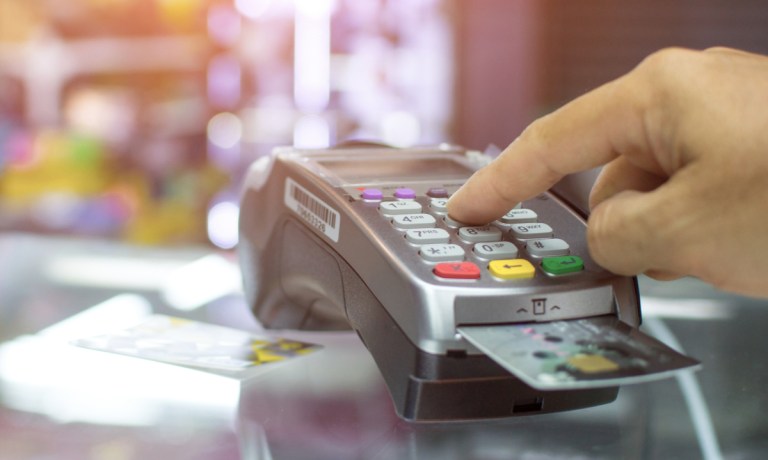Consumers’ Total Outstanding Credit Rose 3.4% in February

Consumers’ total outstanding credit increased by $14.1 billion in February.
Revolving credit accounted for $11.3 billion of the increase, while non-revolving credit made up the other $2.9 billion, the Federal Reserve said Friday (April 5) in its monthly report on outstanding consumer credit.
“In February, consumer credit increased at a seasonally adjusted annual rate of 3.4 percent,” the Federal Reserve said in the report. “Revolving credit increased at an annual rate of 10.2 percent, while nonrevolving credit increased at an annual rate of 0.9 percent.”
These increases brought consumers’ total outstanding credit to $5.05 trillion, according to the report.
The rise in consumer borrowing was lower than that forecast by economists, Bloomberg reported Friday. The median estimate of those surveyed by the media outlet was for an increase of $15 billion.
The increase in revolving credit was the biggest in three months, according to the report.
Consumer credit continues to be driven by job growth, the report said. At the same time, credit card balances are rising, and monthly payments are getting higher, per the report.
Delinquencies are climbing across all tiers of credit and for a range of credit products, including mortgages, credit cards, personal loans and auto loans, according to the latest installment of VantageScore’s Credit Gauge.
The report showed early-stage delinquencies rising from 0.98% in January to 1.04% in February, marking the first time that figure has exceeded 1% in four years.
“This trend could complicate the Federal Reserve’s efforts to effectively engineer a smooth landing because VantageScore Superprime consumers are still spending and borrowing while VantageScore Subprime consumers are finding it increasingly difficult to stay current on credit payments,” Susan Fahy, executive vice president and chief digital officer at VantageScore, said when announcing these figures.
PYMNTS Intelligence has found that 27% of consumers turn to credit cards when they are faced with unexpected expenses totaling $5,000 or more, and 21% do so when emergency expenses are less than $1,000.
Fifty-six percent of consumers had to deal with at least one unexpected expense in the last 12 months, most often an unforeseen medical bill or unplanned home repair, according to “The Credit Accessibility Series: Unexpected Expenses and the Demand for External Financing Solutions,” a PYMNTS Intelligence and Sezzle collaboration.